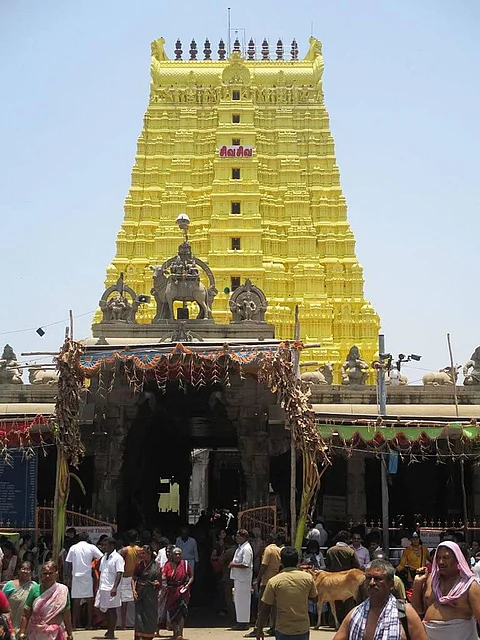Lord Rama decided to establish Shivalinga in Rameswaram and perform the rituals to wash off Brahmahati Dosha, as advised by Rishi Agastya. Hanuman was directed by Rama to bring Shivalinga from Mt. Kailash to perform the rituals. The rituals had to be performed within a specific time period, but Hanuman got delayed in bringing the Shivalinga. As a result, Devi Sita created a small Lingam from the sand which was accessible from the beach. It was called Ramalingam. Later on, Rama established the significant Shivalinga of black stone brought by Hanuman close to the small lingam, shortly after the establishment of Ramalingam, which is considered to be the shrine of Jyotirlinga.


